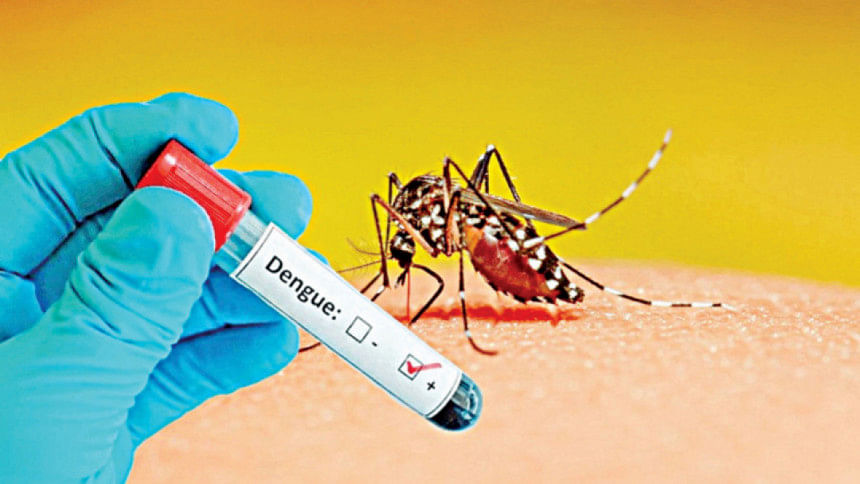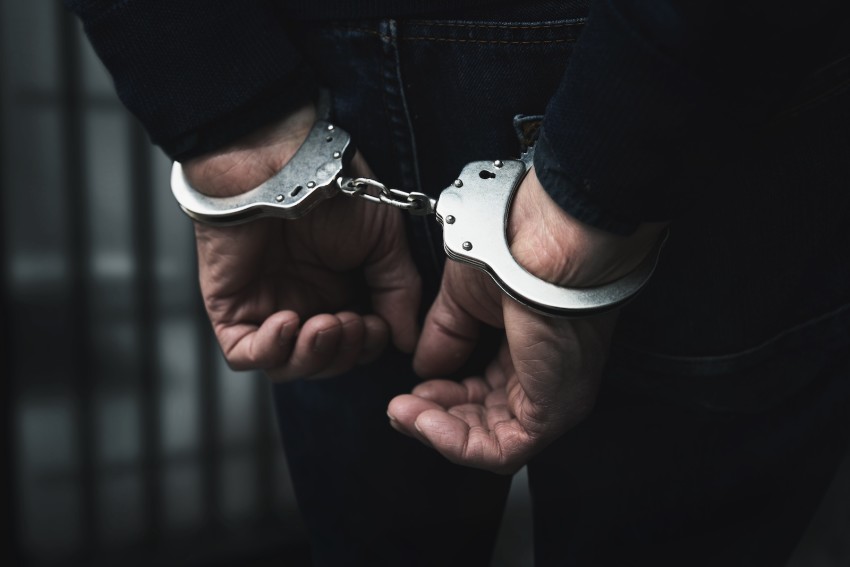The outcome of every election depends on one thing: an accurate and true tally of the ballots. But how does it all work? Who counts the votes? What keeps bad actors from hacking into our election system? And why does it sometimes take hours to find out who won? From the election equipment itself to ballot counting and the certification of the final results, South Carolina election officials follow a detailed list of laws and procedures to ensure free and fair elections. It takes tens of millions of dollars and an unceasing commitment to cybersecurity vigilance alongside the secure storage of paper ballots.
It requires an army of poll workers — a civic-minded fleet of your neighbors, friends and family — who undergo hours of training to serve as the cornerstone of a well-functioning democracy. "Unlike other government agencies, myself and my entire staff are clients of our own agency. We are all registered voters," said Howie Knapp, director of the South Carolina Election Commission.
"We all vote in every election. We have a vested interest in the success and the integrity of the elections." Before polls even open, poll workers swear an oath to enforce election laws, ensure that only eligible voters cast ballots and pledge to steer clear of any improper influence or political persuasion.
The Post and Courier decided to look at how South Carolina carries out elections, protects the ballot box and makes sure your vote gets counted. The following information is based on interviews with county and state election officials, guidance found in poll manager training manuals, state and federal election law, as well as an in-person, first-hand examination of election equipment and procedures. Each of the state's 46 counties has a voter registration and elections office responsible for conducting and carrying out local, county, state and federal elections.
The state Election Commission oversees these elections and provides support, including machines; training materials for poll workers and poll managers; and maintains the list of registered voters, commonly known as voter rolls. The election commission receives a monthly file of people who have died in South Carolina from the state Department of Public Health, as well as monthly death data from the Social Security Administration. The commission also receives information directly from immediate family members of those who have died, and the SEC makes those voters inactive.
A limited one, and their most overt role comes in presidential election years. The chief election official in South Carolina is the director of the state Election Commission. The secretary of state's office convenes the meeting of the Electoral College casters following presidential elections.
By law, this important step in the presidential election certification process happens at 11 a.m. on the first Monday after the second Wednesday in December.
This year, that date will be Dec. 17. The state's electors meet at the secretary of state's office in Columbia, and cast their ballots for president and vice president.
Each elector votes a ballot and signs it. South Carolina has nine electoral votes. Trump factor or Harris? South Carolina breaks record turnout on first day of early voting.
All voting systems and election software are certified by the U.S. Election Assistance Commission and the state Election Commission.
And whether you are casting your ballot at a megachurch in Mount Pleasant or inside the Old Train Depot in Denmark, the machines and systems that will count your ballot are the same: Every county uses equipment and software from Election Systems & Software. The ExpressVote system used here was selected by the state in 2019. It cost about $51 million.
Elections officials heard seven proposals from three voting vendors. The five-member evaluation panel received input from cybersecurity experts; accessibility experts, including the S.C.
Commission for the Blind; as well as state and county election administrators; and a national voting system technology consulting firm. In the end, the decision was unanimous. The current election system was first used here in 2019 during some municipal elections.
Its first statewide use was in the 2020 Democratic presidential preference primary, and has been used in S.C. elections ever since.
South Carolina voting machines also go through multiple tests. They are tested before each election, including during a test open to the public. Another safeguard of voting machines is conducted before voting begins on Election Day, and proof of that can be seen taped to the doors of each precinct.
Called a zero tape, the paper is printed by the scanner and verifies that zero votes have been tallied by the machine before the election begins. At the end of the night, when polls close, the results of voting at that polling place are also posted publicly. No.
South Carolina voting machines are never connected to the internet — a safeguard that offers a protection against hacking. The voting machines are also not connected to each other. Each unit stands alone.
The only election equipment that connects to the internet are electronic poll books. Also called e-poll books, these devices look like small tablets and are used to check-in voters at polling locations to ensure a person does not vote twice. This can also reduce time spent checking in voters, one of the most glaring bottlenecks — and complaints — in the voting process.
A county may only use poll books certified by the state Election Commission. And when these poll books are connected to the internet, they do so on a secure, encrypted network — not a mobile hotspot or public Wi-Fi. Columbia's top election official makes pitch for changing the city's voting system.
Here's why Yes, there is a paper trail. When you go to vote in-person, you technically use something called a "ballot marking device." Really, it's just a machine that helps record your votes on a physical ballot.
It does not record your selections into its memory. Instead, it allows you to mark your choices on-screen and, when you are done, it prints out your ballot that you can review right away. If you see a mistake — or if you made a mistake yourself that you did not catch before printing — find a poll worker and ask for help.
Otherwise, the next step is walking your ballot to a nearby scanner. The ballot can be inserted face up or face down, but most poll workers will tell you to put it into the machine face down so nobody standing behind you can catch a peek at your ballot. Along with a summary of your votes, the ballot marking device prints out several barcodes on your ballot.
None of these include any information about you, the voter. Today's Top Headlines Story continues below Trader Joe's is coming to the Myrtle Beach area. The question is where.
These Myrtle Beach tiny homes are supposed to house homeless veterans. Why are they empty? No. 1 Gamecocks ready for second and final exhibition This historic Black neighborhood is surrounded by Myrtle Beach but not part of the city.
Why? Boeing's original Dreamliner is now a sales bust. What will the SC planemaker do about it? Prayers Are Pouring In For Hospitalized NASCAR Driver 70 years ago, Myrtle Beach faced one of its worst disasters: Hurricane Hazel 4 of the country's fastest-growing churches are in this SC county, a new report shows Horry County man faces no charges for killing North Myrtle Beach man. Prosecutor explains.
61-year-old SC flight attendant joins Snoop Dogg's team on 'The Voice' One barcode includes a number that identifies the ballot style (i.e., which offices are on your ballot).
This is important. Ballot styles can vary by county, district and precinct. For example, Charleston County voters cannot cast ballots in the Lexington County school board race, nor can voters in the state's 1st Congressional District cast ballots in the race for the state's 5th Congressional District.
If you go to vote and the races on your ballot do not appear correct, find a poll worker immediately. The other barcodes you see are numbers that identify the selection made by you, the voter, in each contest. That way, when you insert the ballot into the scanner, the votes are tabulated by reading the barcodes.
The barcode provides the same information to the scanner as do the oval positions on a hand-marked paper ballot. This is when your selections are tabulated by the machine. Your paper ballot drops down into a large blue bin that is locked below the scanner itself.
These are not bins you can find at Home Depot. All election equipment is protected using a system of locks, security seals and chain-of-custody logs. For example, tamperproof seals on the equipment must be verified before polls are opened and must remain locked and sealed throughout Election Day.
Each scanner also has an encrypted flash drive collecting the vote information. These flash drives are later transported to county elections offices along with the physical ballot bins. Should the bin get full during Election Day, multiple poll managers in public view would remove the ballot box; ensure that it is closed, locked and has security seals applied; and is then stored in a secure location at the polling place.
When polls close, these ballot bins are transported by poll managers who deliver the ballots and the flash drives to their respective county elections office. Early voting begins Monday in South Carolina. Will we follow Georgia and NC’s busy lead? The bulk of ballots are counted as soon as polls close at 7 p.
m. on election night, but the process is not instantaneous. It can take many hours to complete.
There is no set rule for how often counties should report and upload results online at the S.C. Election Commission website, and can vary by county.
Counties are encouraged to update at least a few times an hour, if possible. Despite the variance, there is still a rhythm to how returns flow in on election night. After polls close, election clerks and poll workers tabulate the scanners and press "close polls.
" That's when the machine spits out a printed tape of the results from that specific precinct. Election workers sign it, and they post it to the door of the polling precinct. This old-school paper trail is the first public reporting process of the night.
It is still common for campaigns to send volunteers and staff to specific voting sites to be there when these strips of paper are affixed to the doors, and call in the results to campaign headquarters. Poll managers must then drive back to their county election offices with the ballot bins and the encrypted flash drives. These are all locked and sealed.
The flash drives are also locked and secured in a case that looks like a small tackle box. The flash drives are then read on a locked-down computer where its sole function is to read these encrypted flash drives and report the results. The worker responsible for this process must also take an oath The first wave of ballots reported online are typically the absentee by mail votes.
Thanks to a change in state law in 2022, poll managers can now begin processing these absentee ballots starting at 7 a.m. two days before Election Day.
That's when they can start opening the outer return envelopes, allowing them to begin the signature verification and check for the required witness signature. When polls open at 7 a.m.
on Election Day, officials can separate the ballots from their envelopes and begin tabulating them. The results cannot be reported until after the polls close at 7 p.m.
Voters can also turn in their absentee ballots any time on Election Day. The candidate with the highest number of votes wins. But the winner and loser of any political race is not official until every vote is counted and the results are certified by election officials.
That process, known as canvassing, can take days or weeks after an election is held. State laws set the deadlines for when counties must certify their elections. State certification of the election comes soon after.
These meetings are open to the public. You can't. An automatic recount is required by state law when any margin of victory is less than 1 percent.
Candidates can file an election protest. While minor mistakes and protests aren't uncommon during elections, winning a protest remains a big hurdle. To be successful, a protesting candidate must call into question enough votes to show there could have been a different result.
Protest hearings are held by either the respective county board of elections and voter registration if the election is for a countywide office, or the State Board of Canvassers if the protest comes from candidates for federal, state or multi-county offices. The complaint must be made in writing. The protest hearing is limited to the issues outlined in the written protest.
Both the person filing the protest and other candidates involved in the race have the right to attend, bring a lawyer, question witnesses and present evidence. These hearings are open to the public. The board’s chair runs the hearing following procedures similar to those in state courts, and they can issue oaths and call witnesses.
After the hearing, the board will vote and immediately certify the election results. They’ll stay in session until a decision is made, notifying all parties involved. County election boards vary in their size, but members are appointed by the governor at the recommendation of the county legislative delegation.
These members preside over the county's certification of election results and affirm that the tabulation and canvassing of an election is complete and that the results are accurate. It is a requirement that at least one member be from the state's majority political party (Republican) and the state's largest minority political party (Democratic). South Carolina requires all counties to conduct a hand-count audit before the certification of any federal or state-level election.
The State Election Commission randomly picks offices and precincts in every county for election officials to check. This is done by counting a portion of the paper ballots by hand and comparing those results to what was tabulated by the vote machine. These audits are also uploaded to the State Election Commission website for public review.
.
Politics
How your vote gets counted in South Carolina: Safeguards, firewalls and a paper trail
The outcome of every election depends on one thing: an accurate and true tally of the ballots. But how does it all work? Here's what South Carolina does to keep your vote secure.














